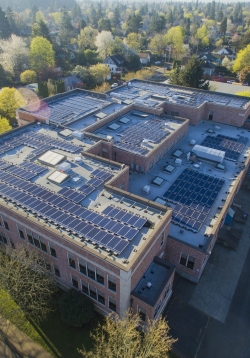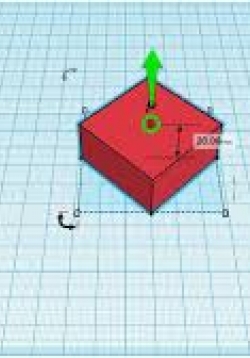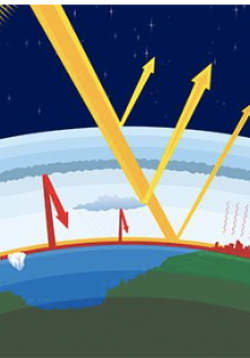
Generation 180 is a nonprofi working to inspire and equip people to take action on clean energy. The site includes a wealth of resources for engaging student's in exploring how they use energy, understanding how energy decisions are made, and providing them with tools so they can take big or small actions to promote clean energy locally. Two features include the Energy Challenge (to organize class/local challenges) and the Boot Camp virtual course. The site also has reports on school solar, with success stories, trends, and guide for including solar in your school.








